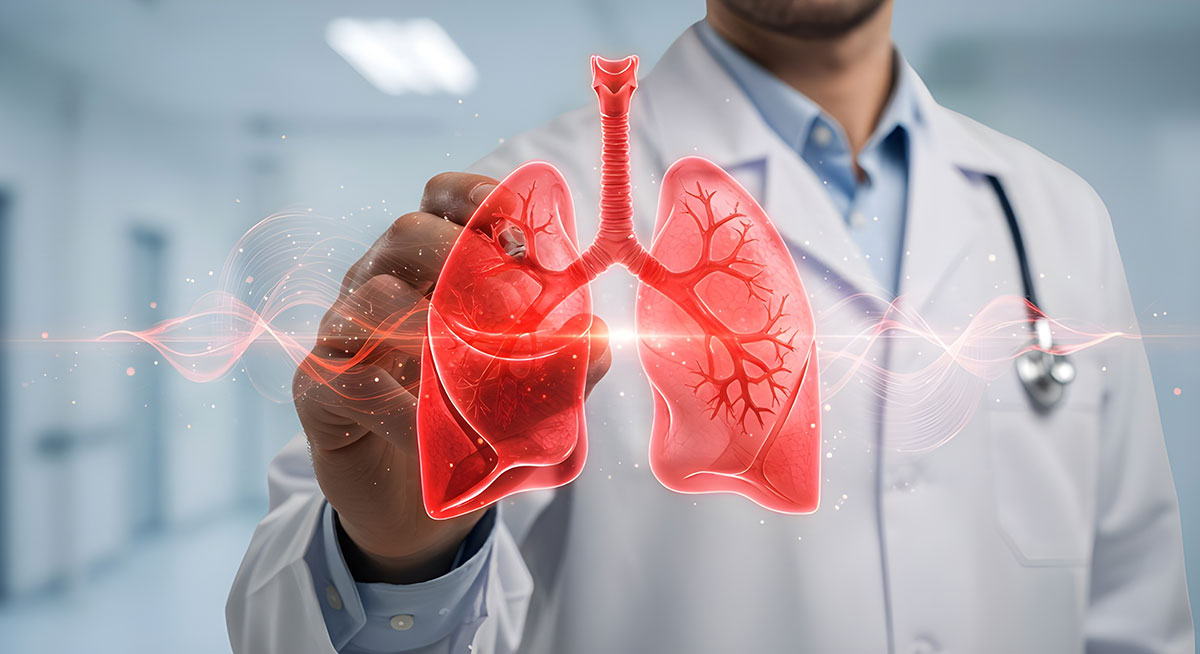Understanding Seasonal Respiratory Illnesses
Seasonal respiratory illnesses, including influenza and COVID-19, continue to pose significant challenges for healthcare systems worldwide. Each year, hospitals prepare for surges of patients experiencing fever, cough, and shortness of breath which we often characterize as “influenza-like illness” or ILI. While influenza has long been recognized as a recurring public health concern, the COVID-19 pandemic highlighted the vulnerabilities in our preparedness strategies and the need for more proactive approaches.
As a physician and infectious disease specialist, I have observed how timely planning, effective prevention measures, and community engagement can significantly reduce the impact of respiratory illnesses. The lessons learned over the past several years offer valuable guidance for designing smarter strategies for future seasons.
Early Detection and Surveillance
One of the most important lessons from both influenza and COVID-19 as well as emerging, high-consequence infectious diseases is the value of early detection. Monitoring trends in illness within communities and hospitals allows healthcare systems to anticipate surges and respond effectively. Real-time surveillance, including data from emergency departments, primary care clinics, and laboratory testing, can provide early warnings of increased disease activity.
Technological advancements, such as electronic health records, predictive modeling, and artificial intelligence, can enhance our ability to identify patterns and make timely decisions. These tools enable hospitals and public health authorities to allocate resources, implement preventive measures, and communicate effectively with the public before outbreaks become overwhelming.
Vaccination Strategies
Vaccination remains one of the most powerful tools in preventing severe illness from respiratory infections. Influenza vaccines have saved countless lives over the decades, and COVID-19 vaccines have proven equally critical in reducing hospitalizations and deaths.
Designing smarter seasonal strategies means improving vaccine uptake through targeted campaigns, accessible clinics, and clear communication about safety and effectiveness. Physicians and other healthcare providers play a central role in this effort. Patients trust their doctors to provide accurate information and guidance, making healthcare providers essential partners in promoting vaccination.
Timing is also critical. Administering vaccines before the onset of peak seasonal activity maximizes protection. Coordinating vaccination campaigns with schools, workplaces, and community organizations can help reach broader populations and improve overall coverage.
Infection Prevention in Healthcare Settings
Hospitals and clinics are high-risk environments for the spread of respiratory illnesses. Infection prevention measures, including proper hand hygiene, respiratory etiquette, masking policies when appropriate, and patient isolation protocols, remain essential.
The COVID-19 pandemic emphasized the importance of flexibility in infection control. Hospitals quickly adapted to evolving guidance, adjusted staffing models, and implemented new cleaning protocols. These adaptations highlight the need for preparedness plans that can be adjusted based on the severity of the outbreak and the characteristics of circulating viruses.
Community Engagement and Education
Effective seasonal strategies extend beyond healthcare facilities. Educating the public about preventive behaviors, such as handwashing, mask use among vulnerable individuals during high-transmission periods, and staying home when ill, reduces transmission within communities. Clear, consistent messaging builds trust and encourages compliance with public health recommendations.
Engaging community leaders, schools, and local organizations can amplify these messages. When communities understand the importance of prevention and vaccination, individuals are more likely to take actions that protect themselves and those around them.
Resource Allocation and Healthcare Capacity
Both influenza and COVID-19 have demonstrated the importance of anticipating healthcare needs. Hospitals must plan for surges in patient volume, ensuring adequate staffing, ICU beds, ventilators, and other critical resources. Real-time monitoring of hospital capacity and patient acuity allows for more effective allocation of resources and helps prevent system overload.
Collaboration between hospitals, public health authorities, and emergency response organizations is essential. Sharing data and resources enhances the overall response and ensures that patients receive timely and appropriate care.
Preparing for the Unexpected
While patterns of seasonal illness are predictable to some extent, viral evolution and emerging pathogens can change the landscape rapidly. Influenza strains vary each year, and new COVID-19 variants continue to emerge. Preparedness strategies must be adaptable, incorporating lessons learned from past seasons while remaining flexible for unexpected developments.
Simulation exercises, continuous education for healthcare staff, and updated protocols help hospitals remain agile. Investing in research and monitoring viral trends globally can also inform local responses and improve the effectiveness of interventions.
Conclusion
The experiences of the past several years provide invaluable lessons for managing seasonal respiratory illnesses. Early detection, vaccination, infection prevention, community engagement, resource planning, and adaptability are key components of smarter strategies.
Physicians and healthcare systems play a central role in implementing these strategies, protecting patients, and guiding communities through seasonal outbreaks. By learning from both influenza and COVID-19, we can reduce the burden of respiratory illnesses, save lives, and build a more resilient healthcare system prepared for the challenges ahead.
Proactive planning, clear communication, and ongoing adaptation will allow hospitals and communities to respond effectively to seasonal respiratory illnesses, protecting both individual and public health. The goal is not simply to react to each season but to anticipate trends, reduce risks, and maintain readiness for whatever challenges may arise.
